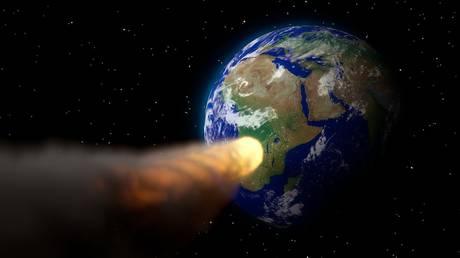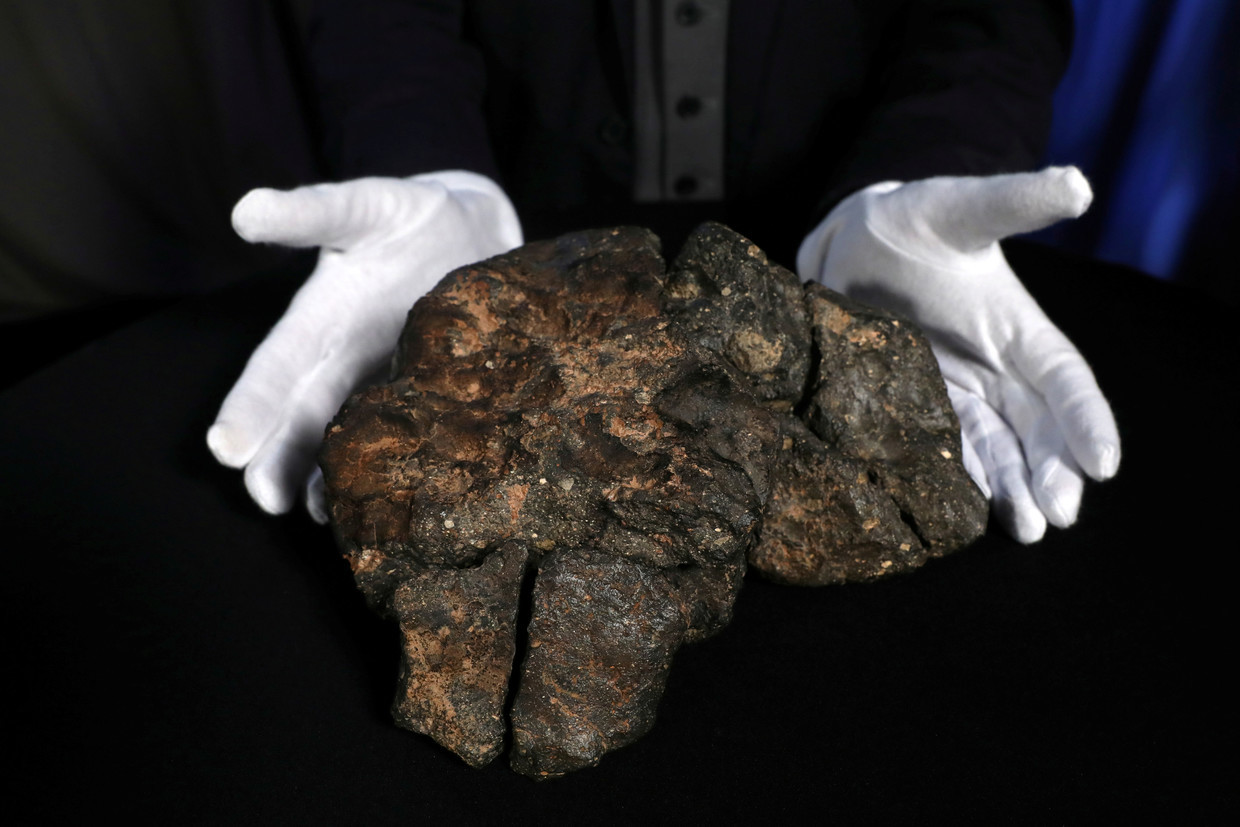
Groundbreaking fresh research has revealed that Earth is under constant assault from the heavens with 16,000kg of space material raining down on our planet every year.
A team of UK scientists went to Antarctica to hunt for meteorites in order to work out how often Earth is battered by space projectiles. It turns out that it happens all the time, as their calculations revealed that more than 16,000kg of meteorite material with a mass above 50g wallops the planet each year.
When smaller material is included, the figure rockets up to a staggering total of 40 million, but this is mostly made up of fine space dust that couldn’t cause any damage.

Most of the space detritus had a mass of between 50g and 10kg when it struck the ground. Larger lumps were much less frequent but, because they could cause serious damage, they weigh heavy on the minds of the experts.
The study comes hot on the heels of a group of researchers in Turkey claiming to have proof of the first credible records of a meteorite killing someone.
Antarctica is a hotbed for finding meteorites, largely because they stand out more against the white backdrop. The research team led by Dr Geoff Evatt, a mathematician at the University of Manchester, combed an area near the Shackleton mountain range in East Antarctica, and then created a global estimate by creating a mathematical model that accounts for variations in latitude.
The model revealed valuable new data that will feed into future risk assessments for larger space material battering Earth. Interestingly, the number of meteorite strikes at the north and south poles is only about 60 percent of what you would expect at the equator. This explains why long-term contingency facilities, such as the Global Seed Vault, are safer at higher latitudes.
The research was published in the journal Geology this week.
Like this story? Share it with a friend!




